Touchless AP Invoice Processing
Eliminate manual data entry and feed clean, coded bills into your accounting system.
>75% Faster
Cut down time from receipt-of-bill to ready-to-pay.
Remove Manual Data Entry
Self-learning AI Optical Character Recognition (OCR) extracts Accounts Payable data from PDFs.
Reduce Errors
Advanced Document AI OCR parses your invoices with up to 99.9% accuracy
The Problem:
Manually entering bills is slow and error-prone.
- Invoices pile up in the AP inbox while someone re-keys totals, dates, and vendors.
- Small typos turn into late fees, vendor back-and-forth, and end-of-month scramble.
- Repetitive work drains productivity and increases employee dissatisfaction.
- Slow vendor payment creates strain on vendor relationships.
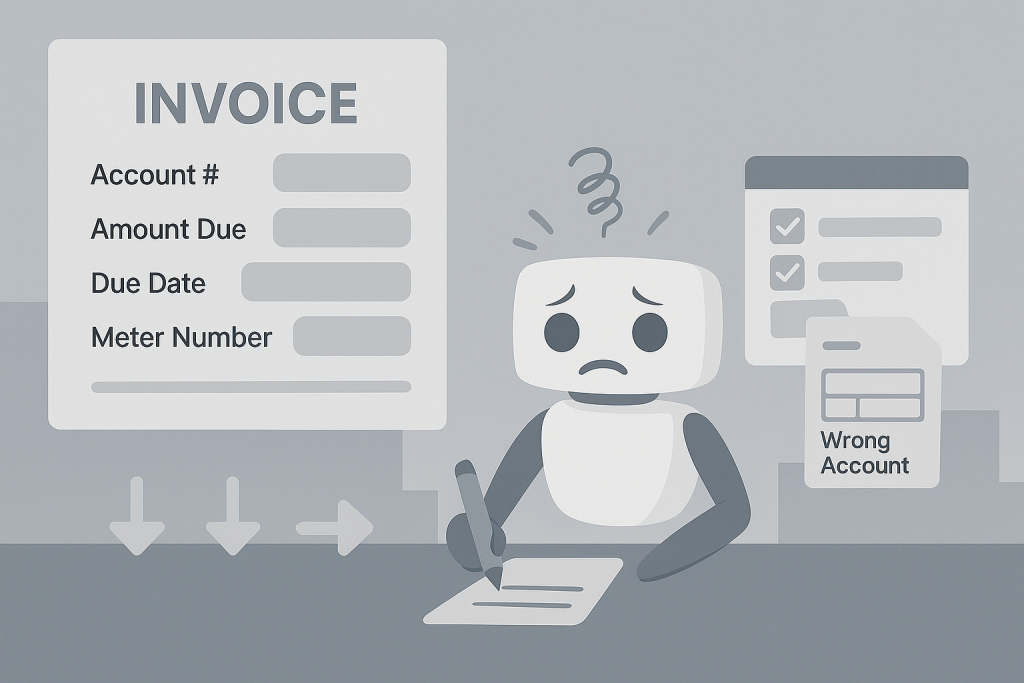
The Solution:
Unity + Document AI OCR
Auto-Capture:
Document AI OCR extracts key information for AP and other ancillary data types, e.g. vendor, PO, dates, interest penalties, special charges.
Auto-Code:
AI suggestions for vendors, GL expense codes, cost centers, business unit / properties.
API Post & Pay:
Post data and image to downstream invoice register automatically for approvals and payment using your own ERP accounting system, e.g. Yardi, MRI, NexusPayables, AppFolio and others.
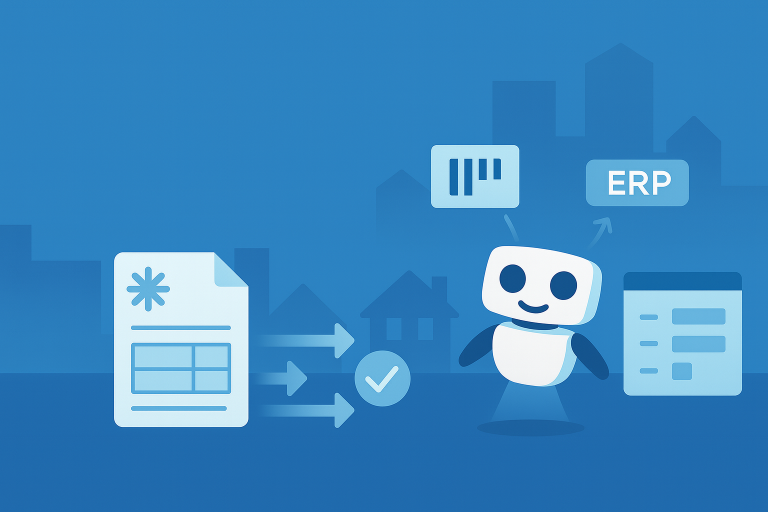
How it Works:
1. Capture
Drag and drop invoices, or pull them from your AP inbox.
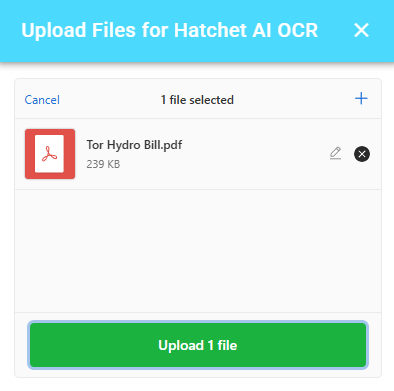
2. Extract & Validate
Unity Document AI OCR's proprietary extraction model gathers key data, as defined by user.
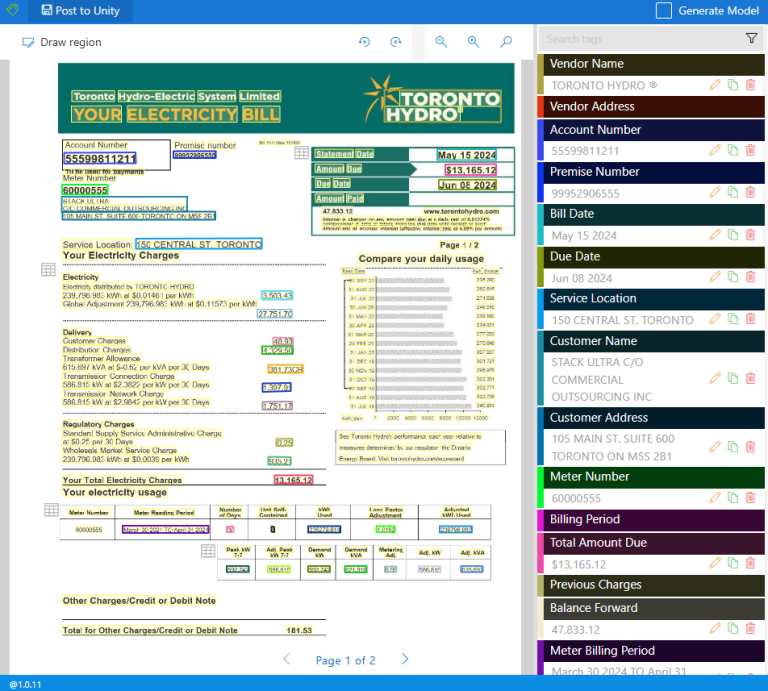
3. Code & Match
AI agent-based auto-GL coding from vendor profile.
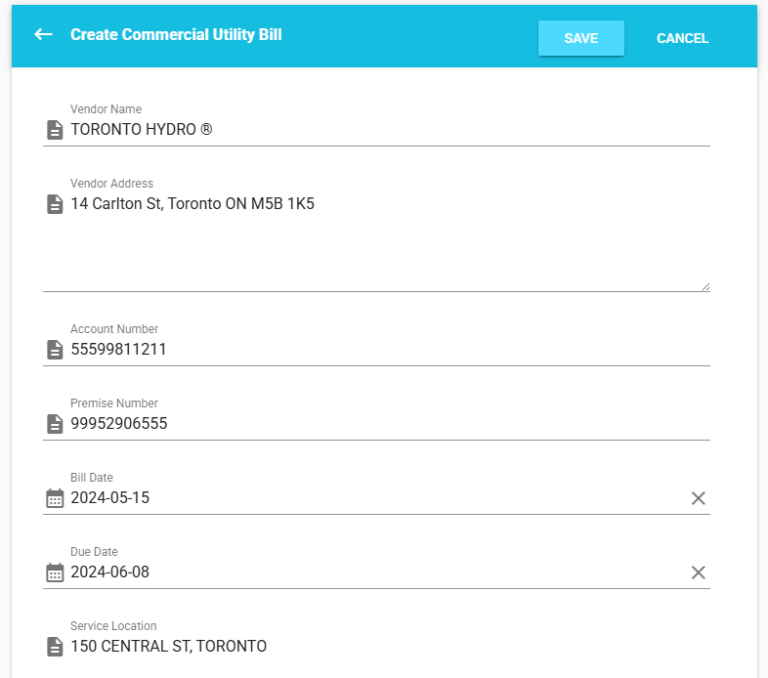
4. Post to Ledger
Batch or continuous posting to your accounting software (via API/Smart Data Tables).
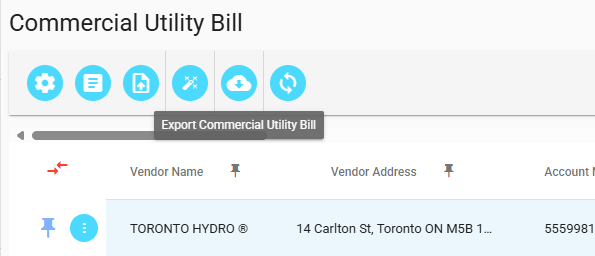
The Results:

Frequently Asked Questions:
No. Unlike traditional OCR solutions, our proprietary underlying extraction model can achieve 94%+ accuracy after training on metadata from just one document, bypassing the previous limitation of requiring metadata from five documents. The accuracy naturally increases within minutes as humans uplevel the model.
Yes. Our OCR uses a unique metadata tagging dataset and a custom extract-transform-load (ETL) algorithm, ensuring the data is transformed into a format optimized for neural model training. It currently supports PDF, JPG, PNG and TIFF, with additional formats being added.
The user has a chance to review missing fields, and with a simple click they can capture the missing data. Upon saving the work, the self-learning capabilities remember the addition and ensures the model captures the missing field on the next encounter.
Unity uses an internal AI Cross Referencing Agent uses an auto-GL coding process based on learned behavior and metadata from both the bill and vendor profiles.

